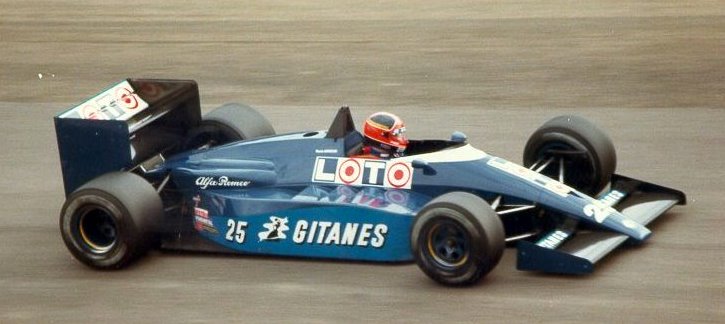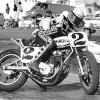Hello everyone.
Regarding the 4 cyl slant Turbo alla BMW that Ferrari built in 1984, I've made the same question at the gpx.it forum. Particularly, of the engine's origins, and of whether its failure had any role in prompting Forghieri to quit the Reparto Corse.
Gpx.it is an italian forum dedicated to motorsport history, and more importantly, an (alleged, given he never revealed his name) ex-Ferrari designer from 78 to 89 regularly posts there. His nickname is 'Powerslide', and unfortunately he did not give much detail, besides stating that for what he could recall, that engine was never much more than a mock-up, and that obviously work on it stopped after Forghieri's resignation.
Now the question is that British authors like Alan Henry and Pritchard basically correlated the failure of that Turbo engine with Forghieri's resignation. At the same time, in his biography Forghieri does not make any reference to that engine (understandably, if it proved to be a major failure).
My own conclusion is that the British authors exaggerated the importance of the engine in Ferrari's development programme (Postlethwaite used to say that it was usual for Ferrari engineers to try lots of solutions). Yet, it definitely played a role in further politically isolating Forghieri (as Henri Greuter above asserted). It is telling that neither Henry nor Pritchard make any allusions to Forghieri's rift with Piccinini and other members of the Reparto Corse (who, though?) - which Forghieri himself admitted inhis biography. Of course, once we delve into matters of detail, Forghieri has always been tight lipped about who was with him or against him, and there's little testimonies from other key engineers of the time. So we'll probably never know the whole truth.
Maybe someone could open a new thread on this topic, if deemed interesting enough. I'm not sure if I'm allowed to do it given I've just registered.
Below is the thread on the topic I created at gpx.it, complete with pics of the 4cyl Turbo, and excerpts in english from Henry's and Pritchard's books on the whole issue.
http://www.gpx.it/fo....php?f=2&t=5837
P.S.
And for those that can read Italian, this is also an intringuing read:
http://ricerca.repub...-colpevole.html
Edited by guiporsche, 12 January 2017 - 19:15.
























